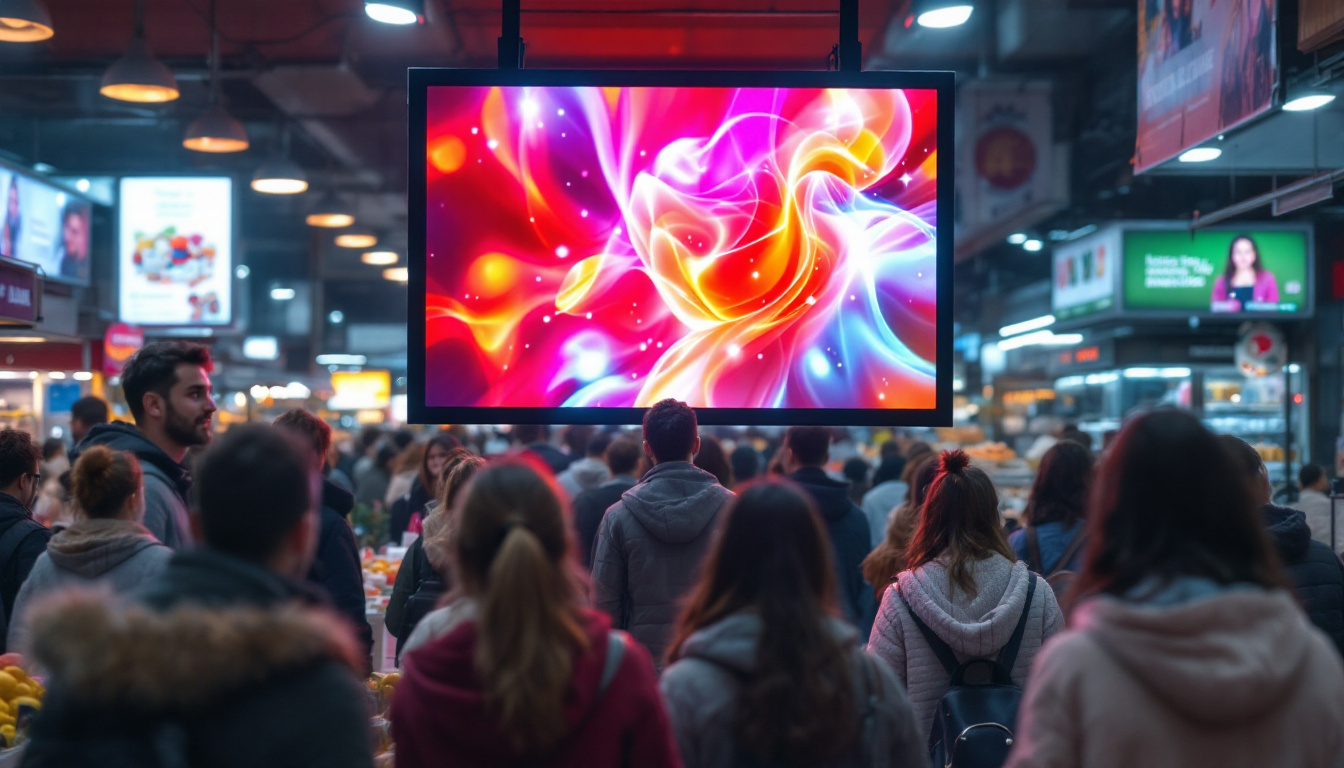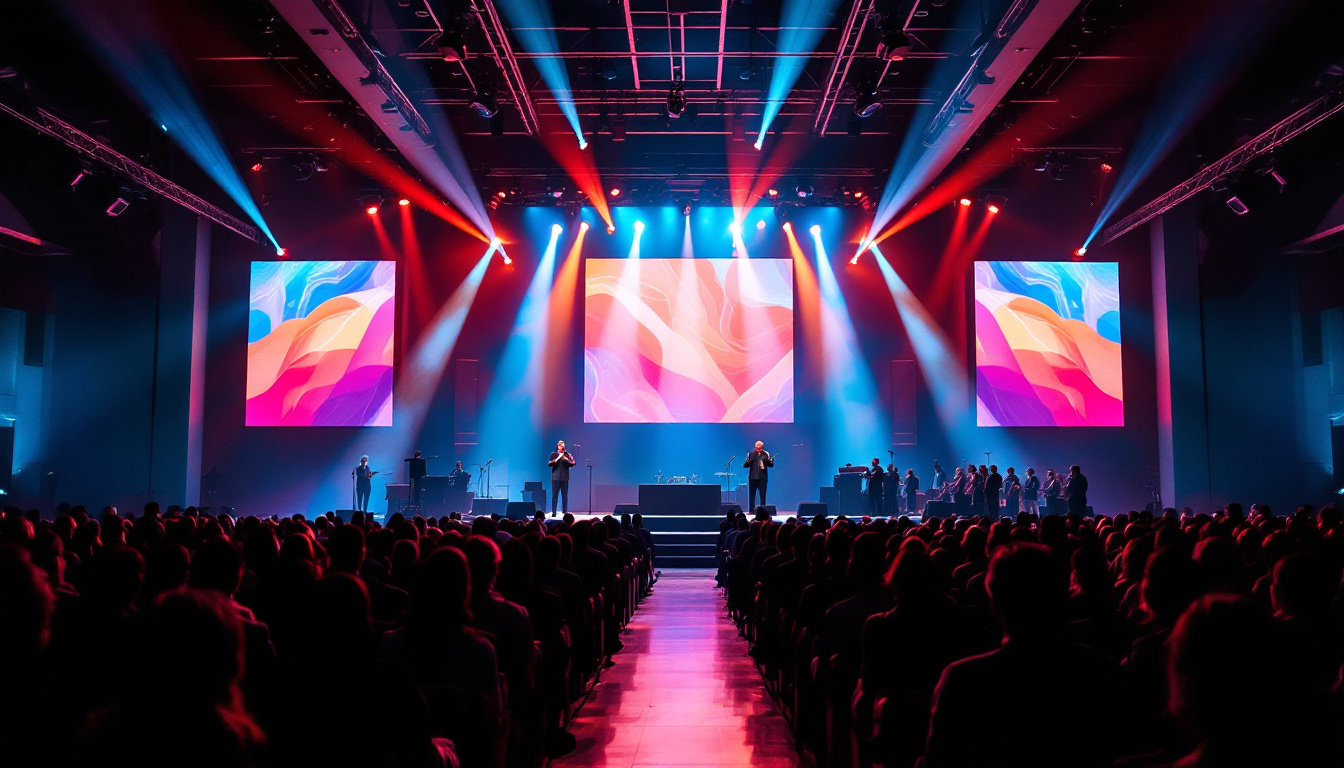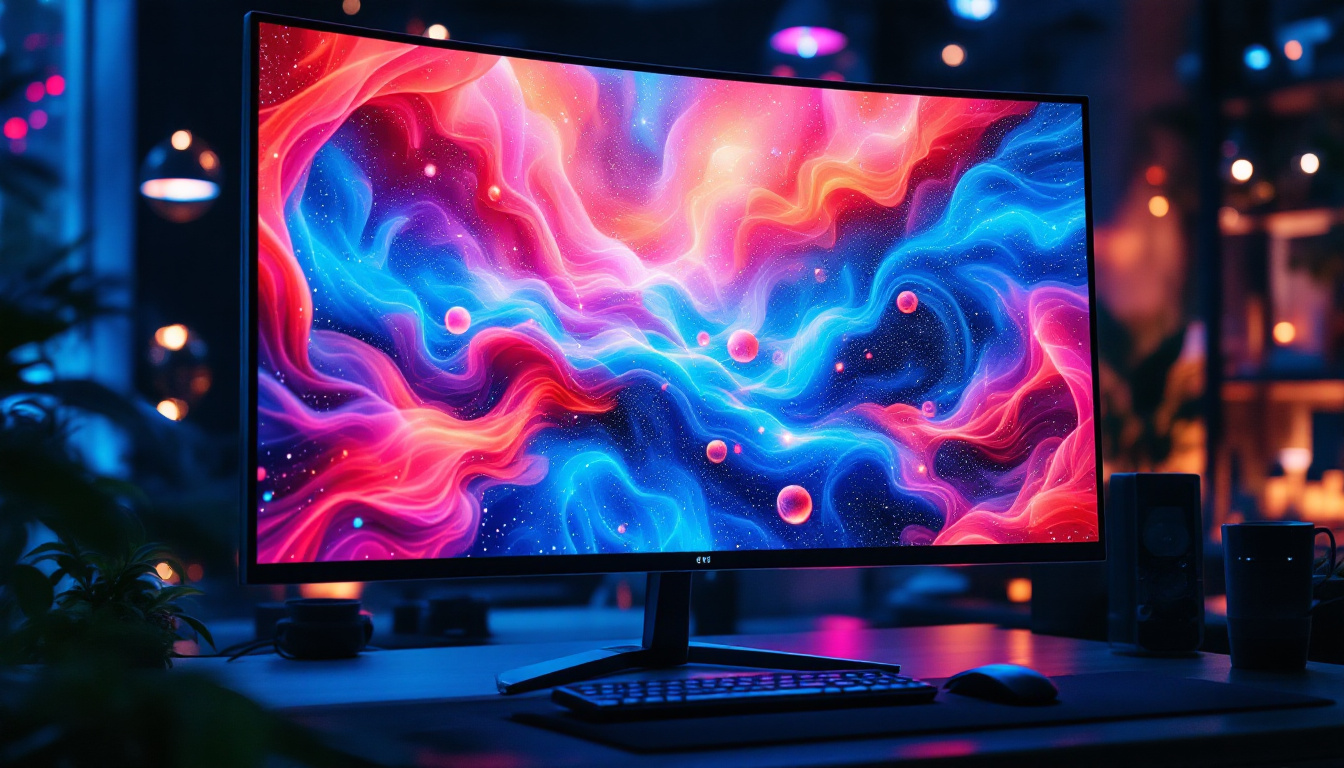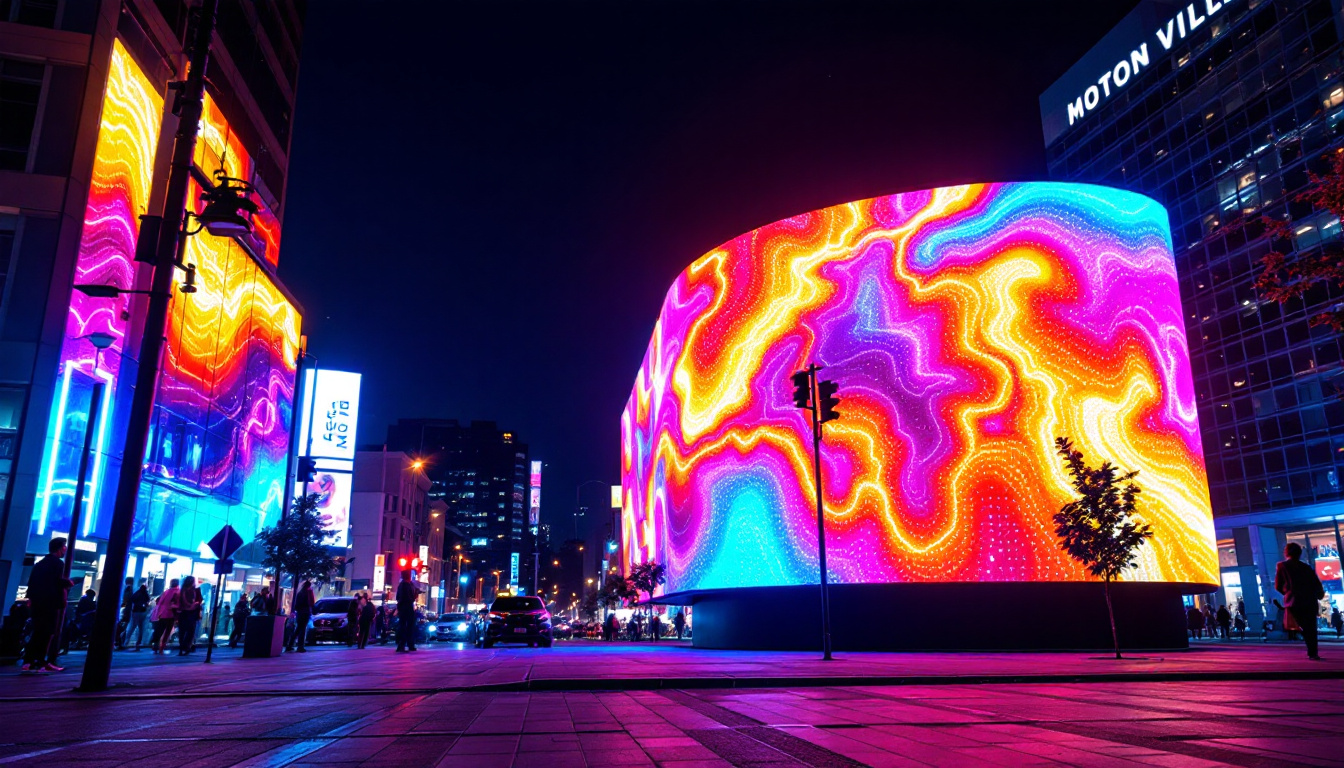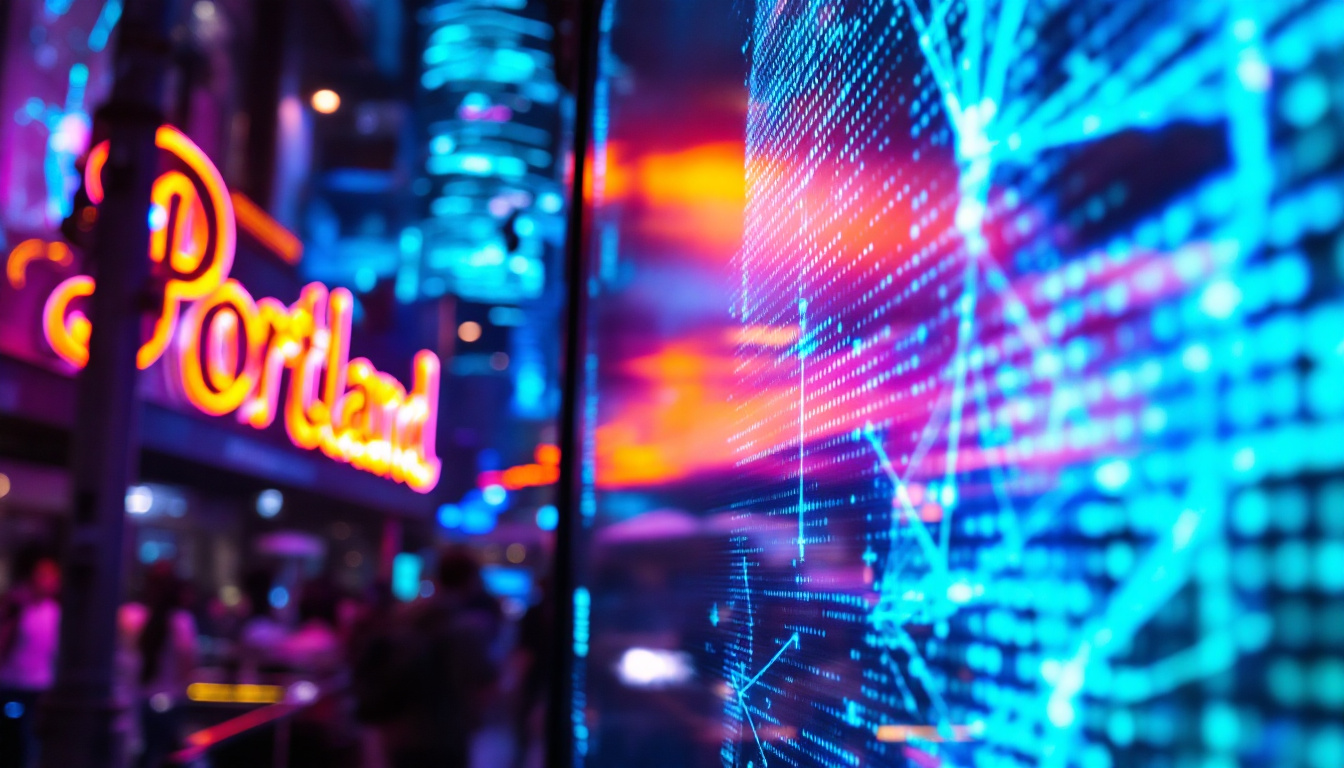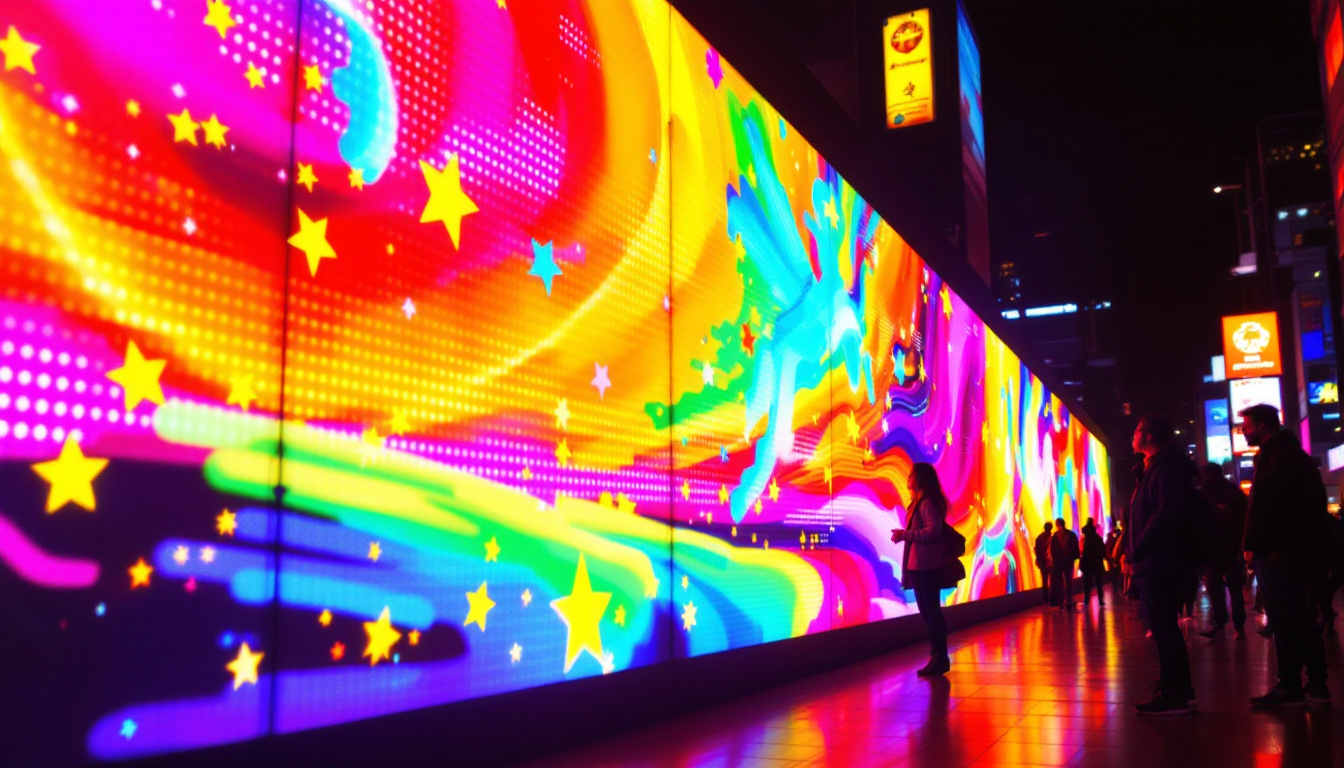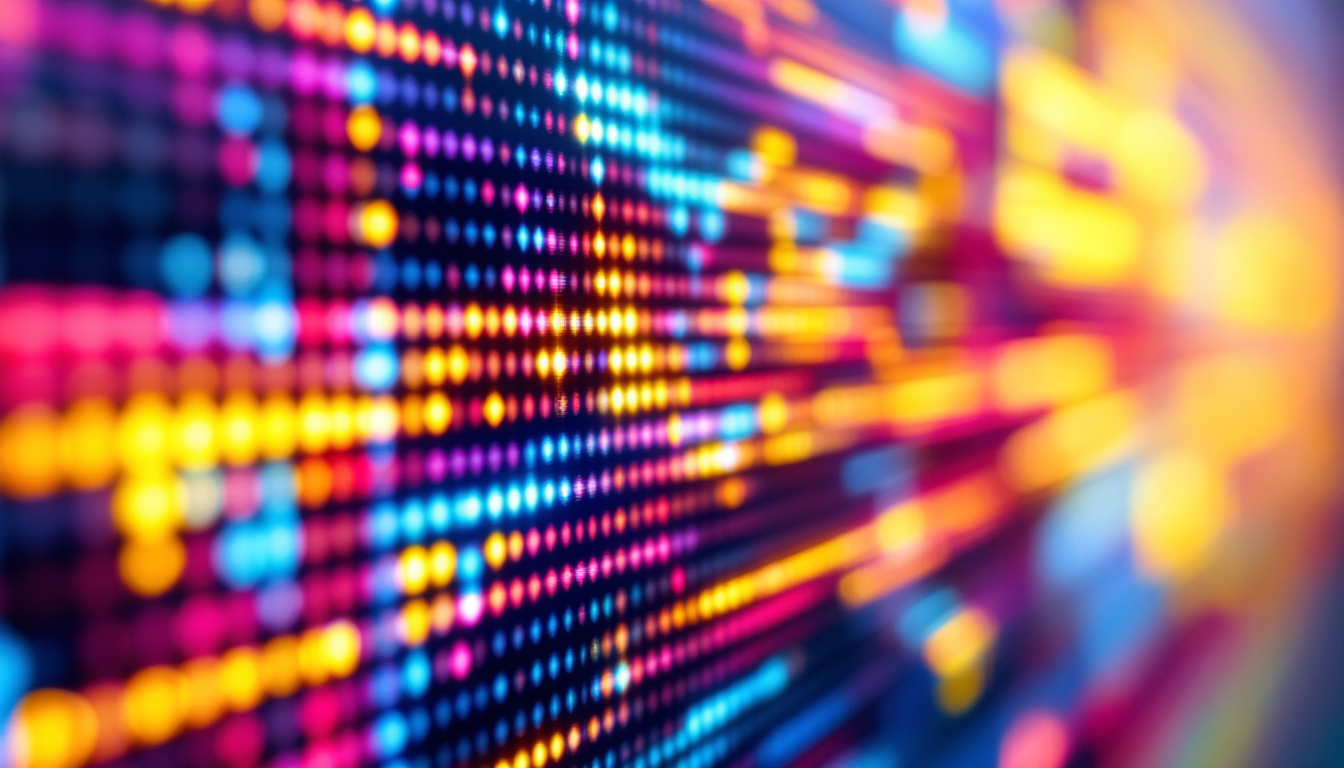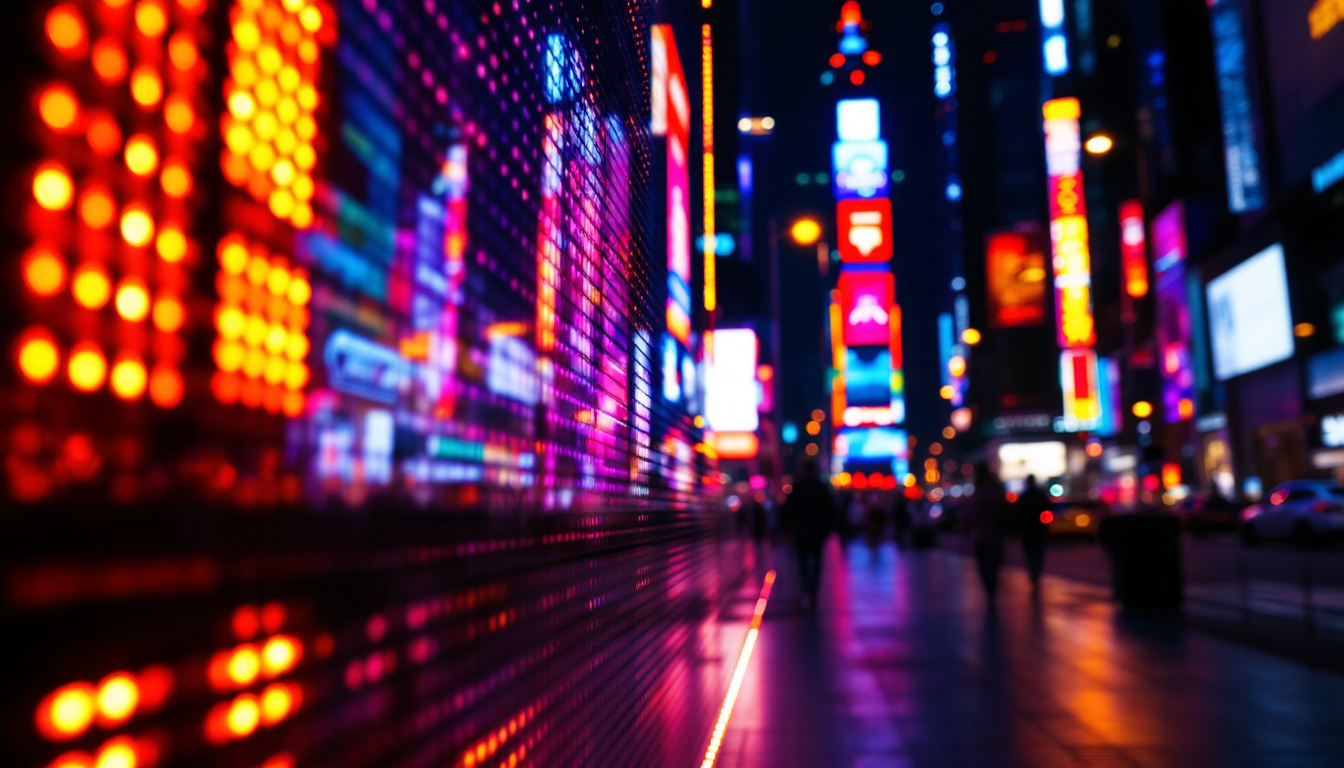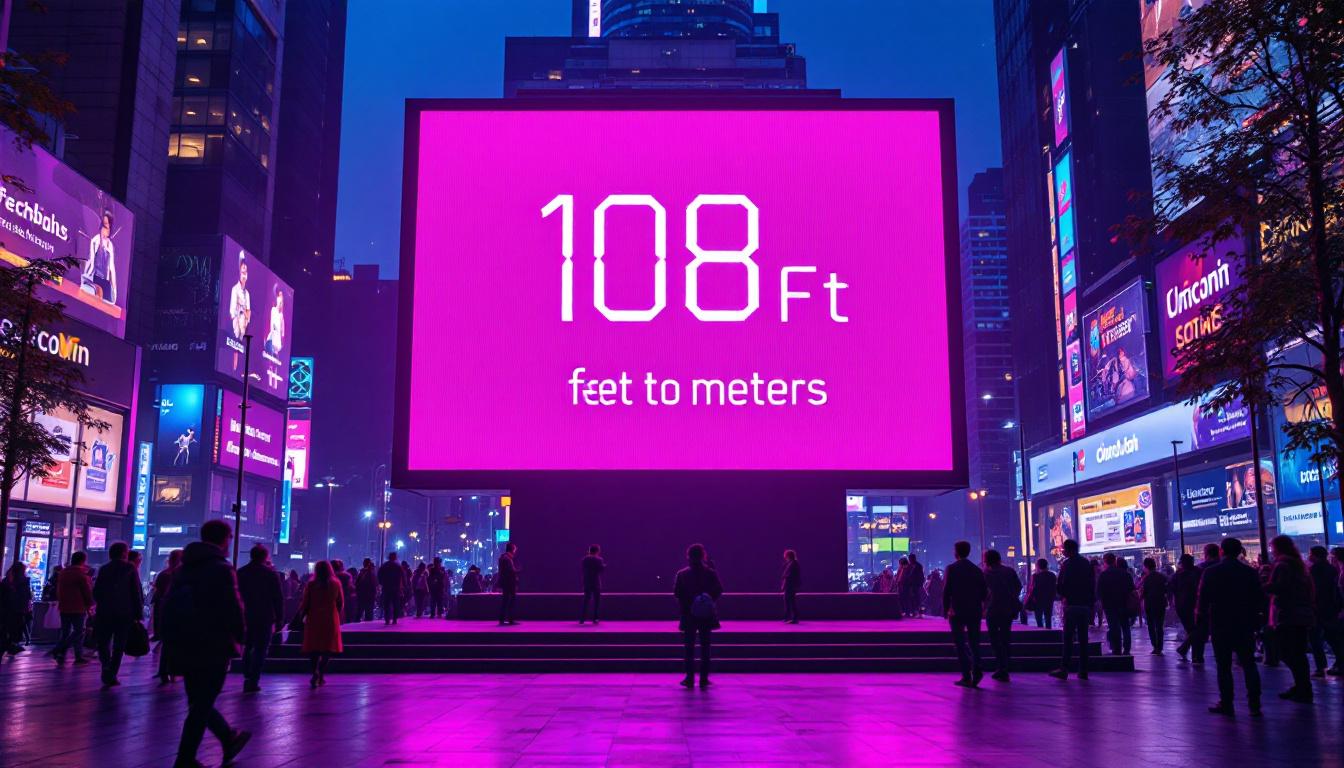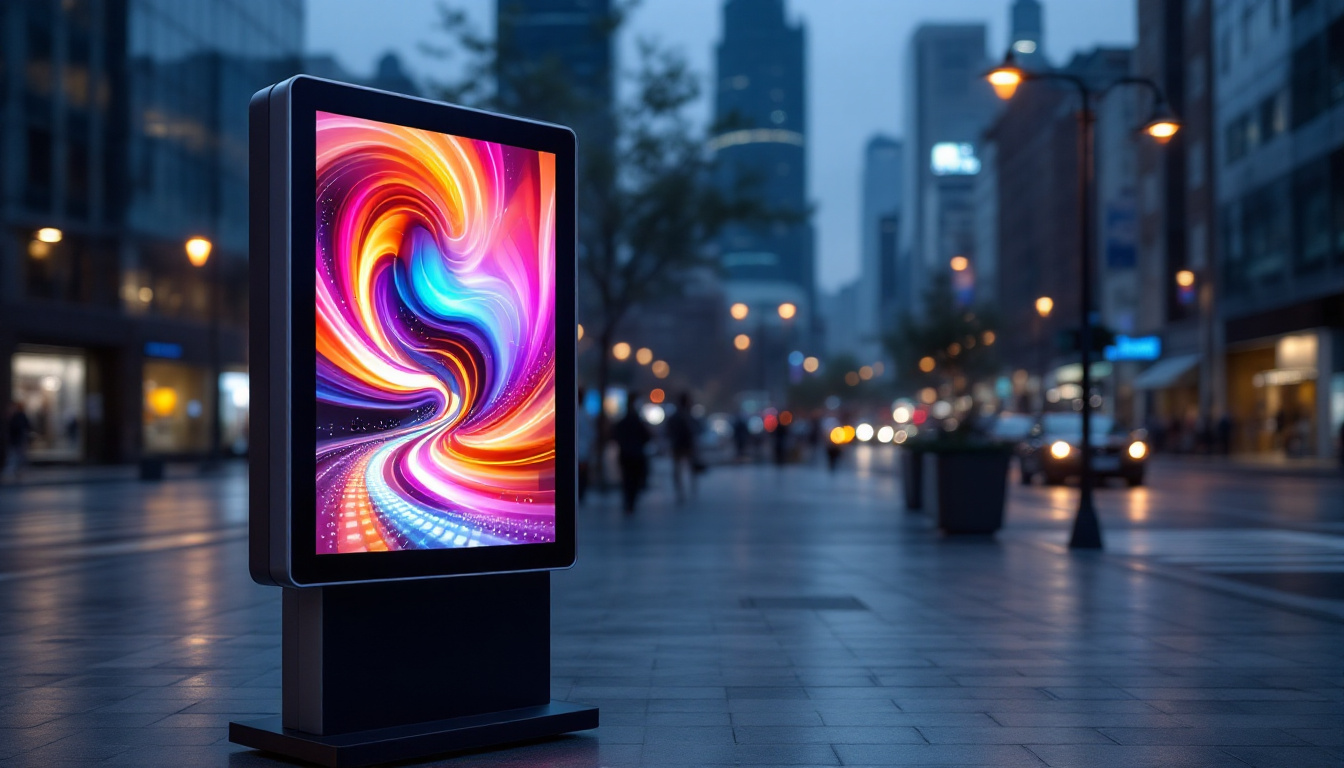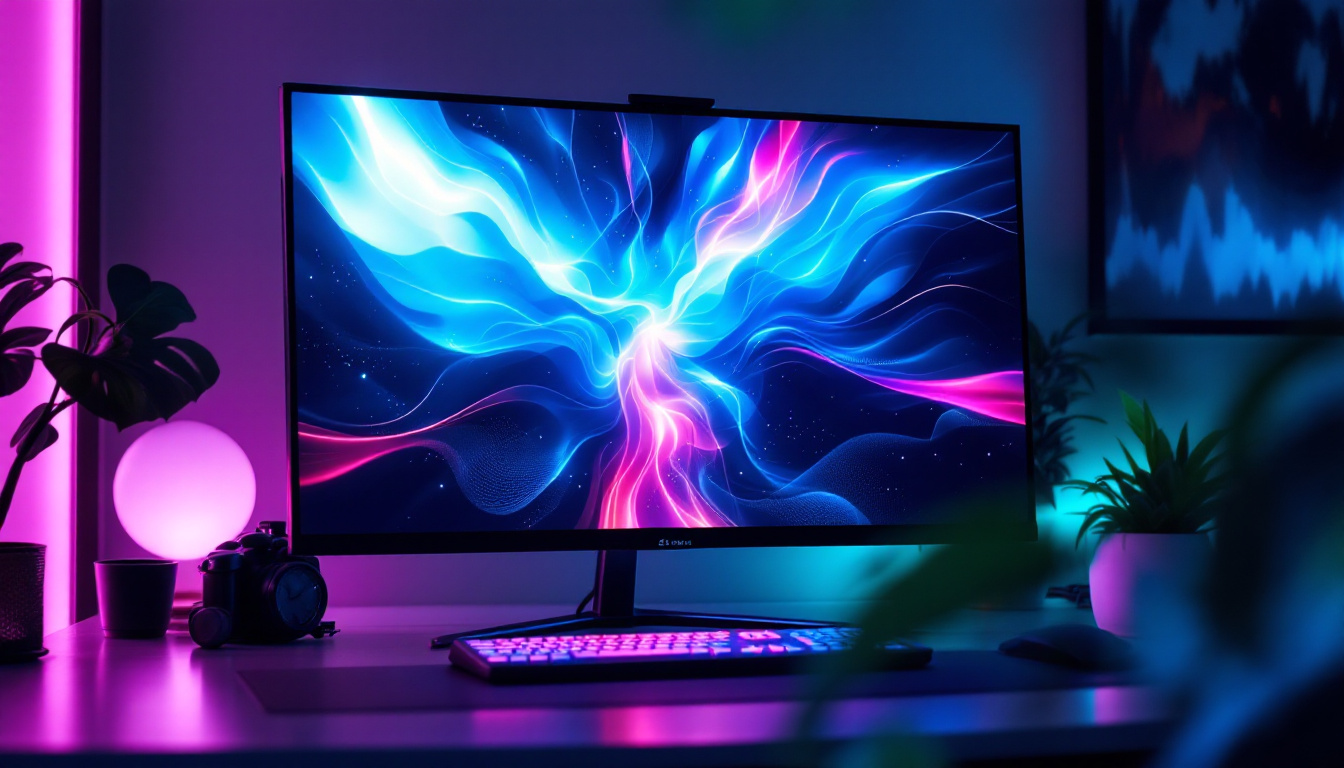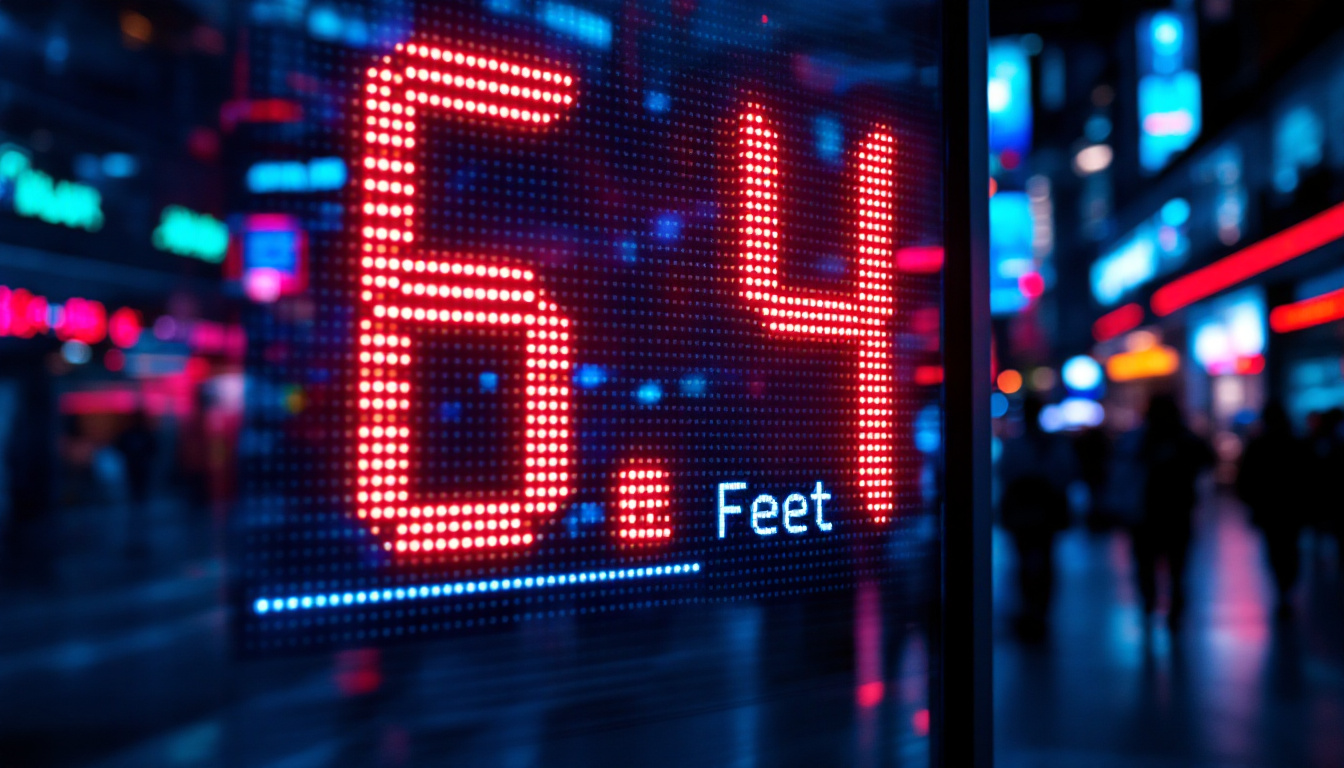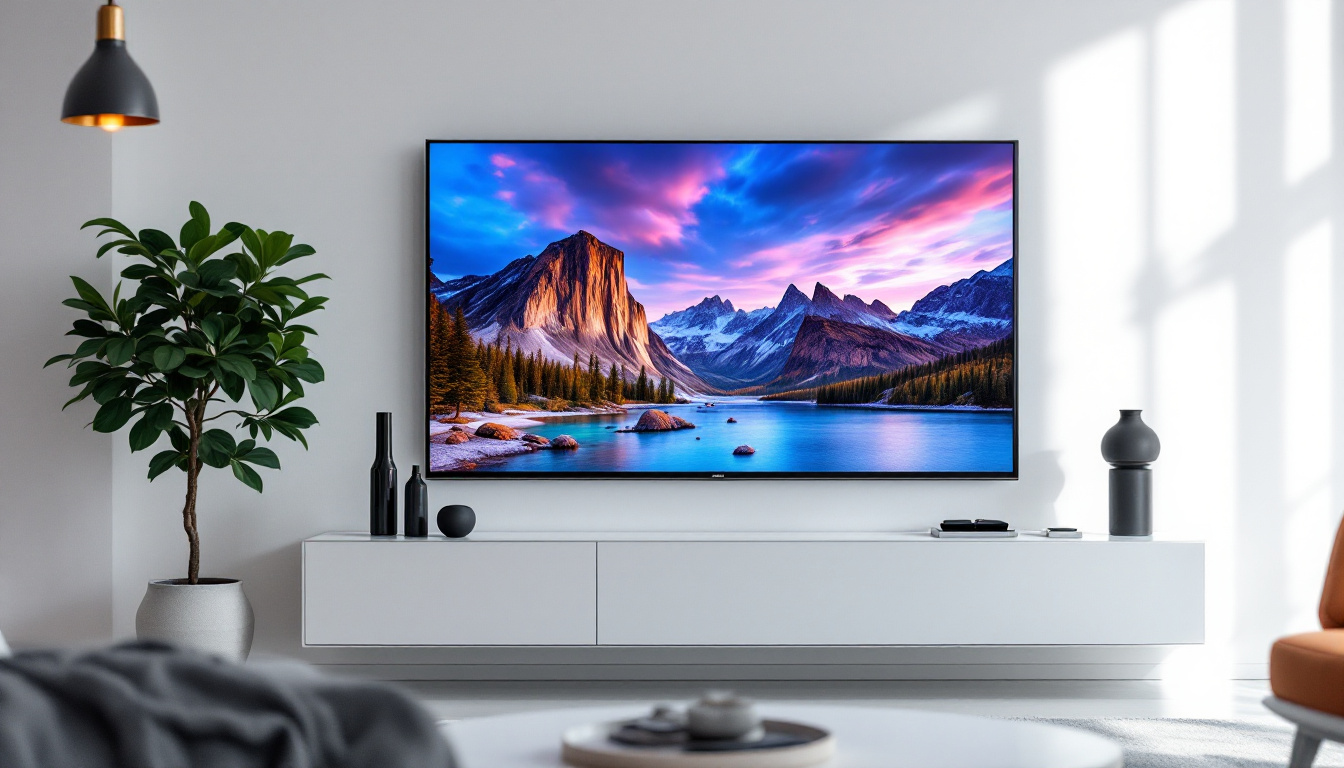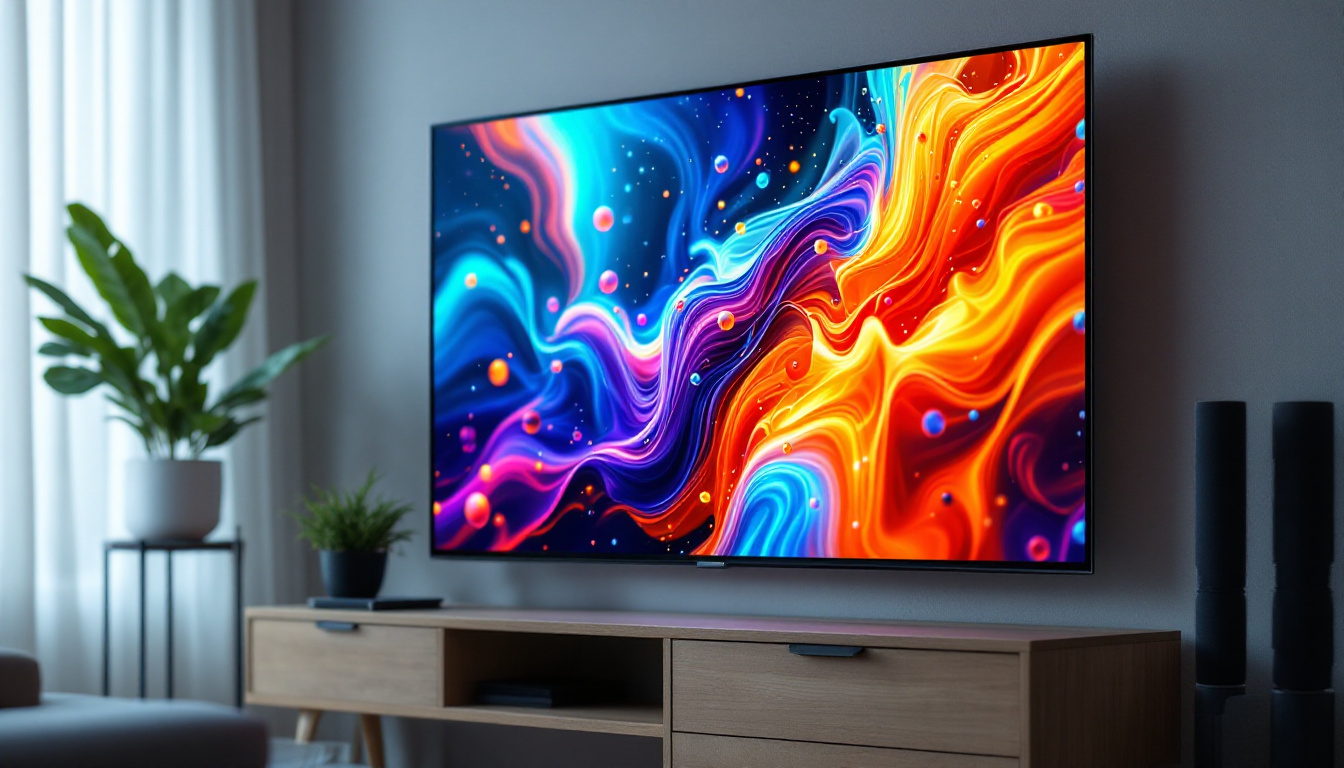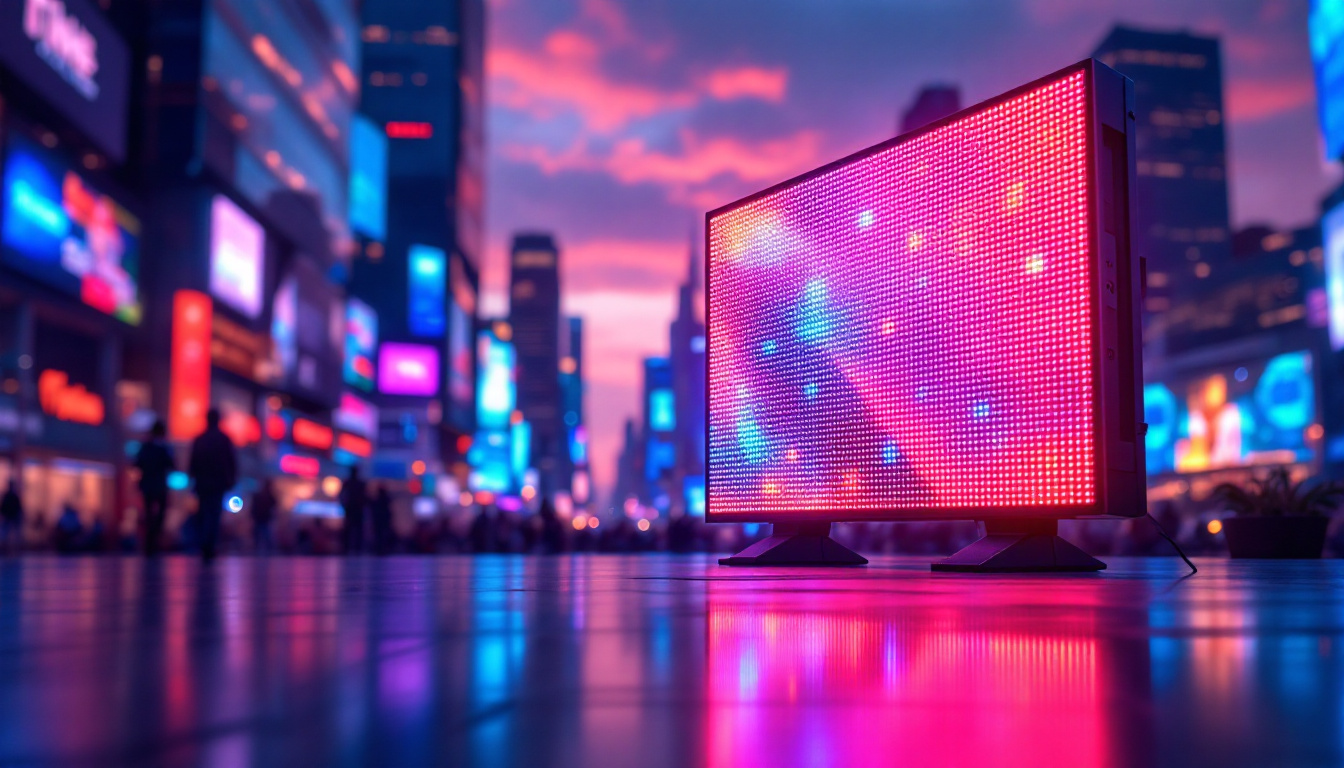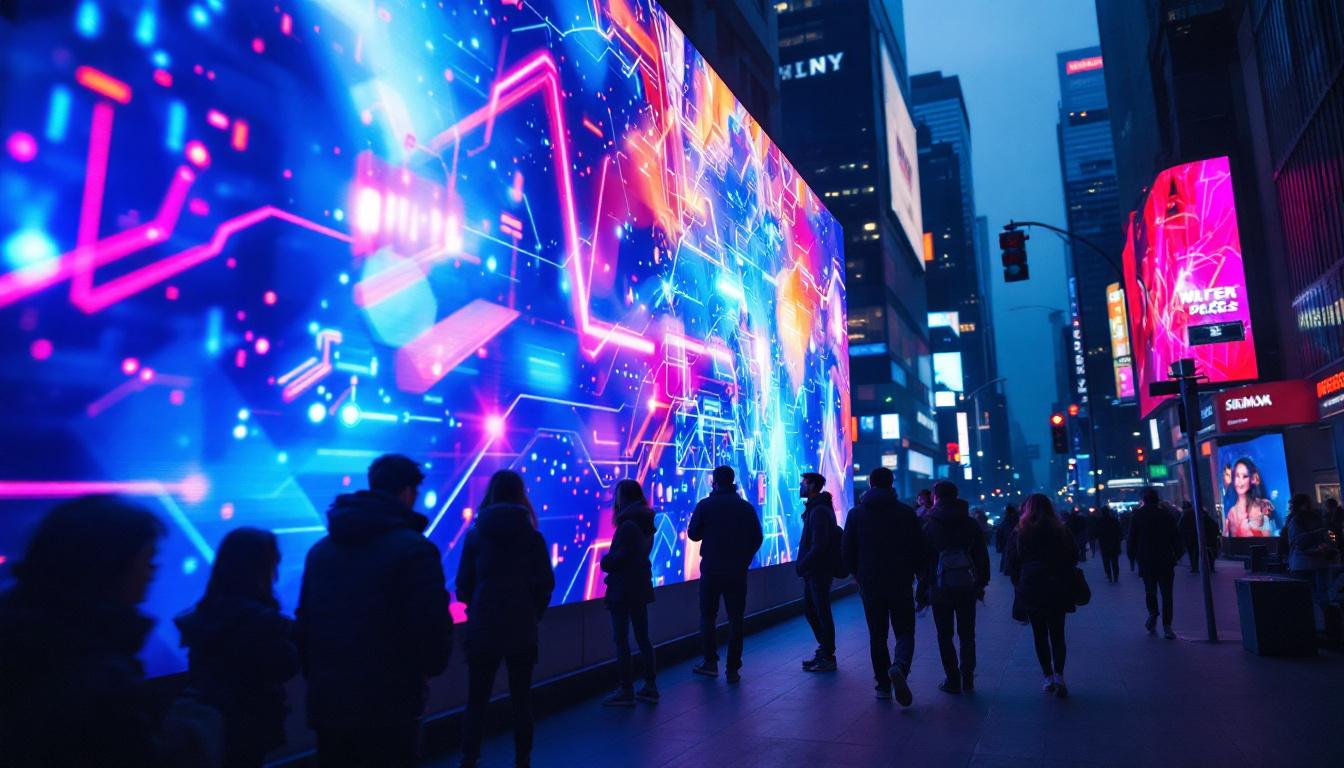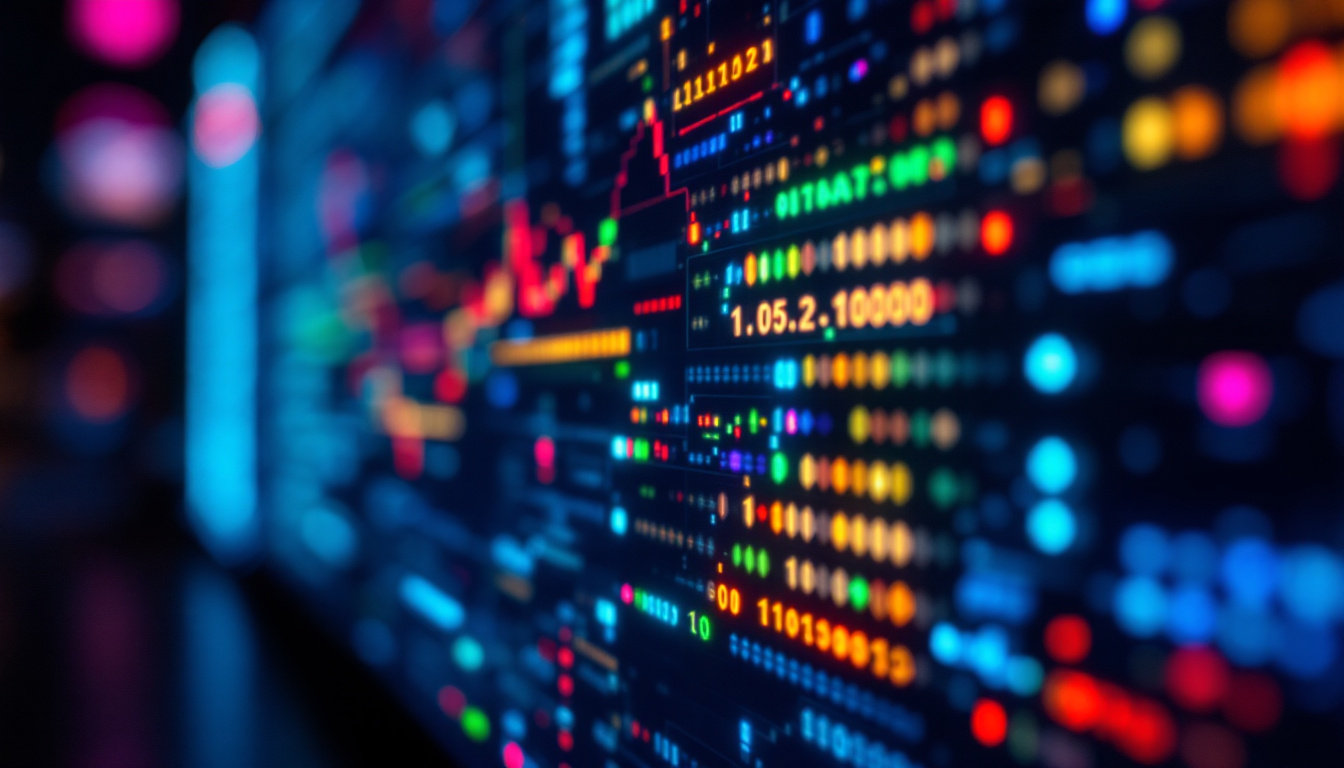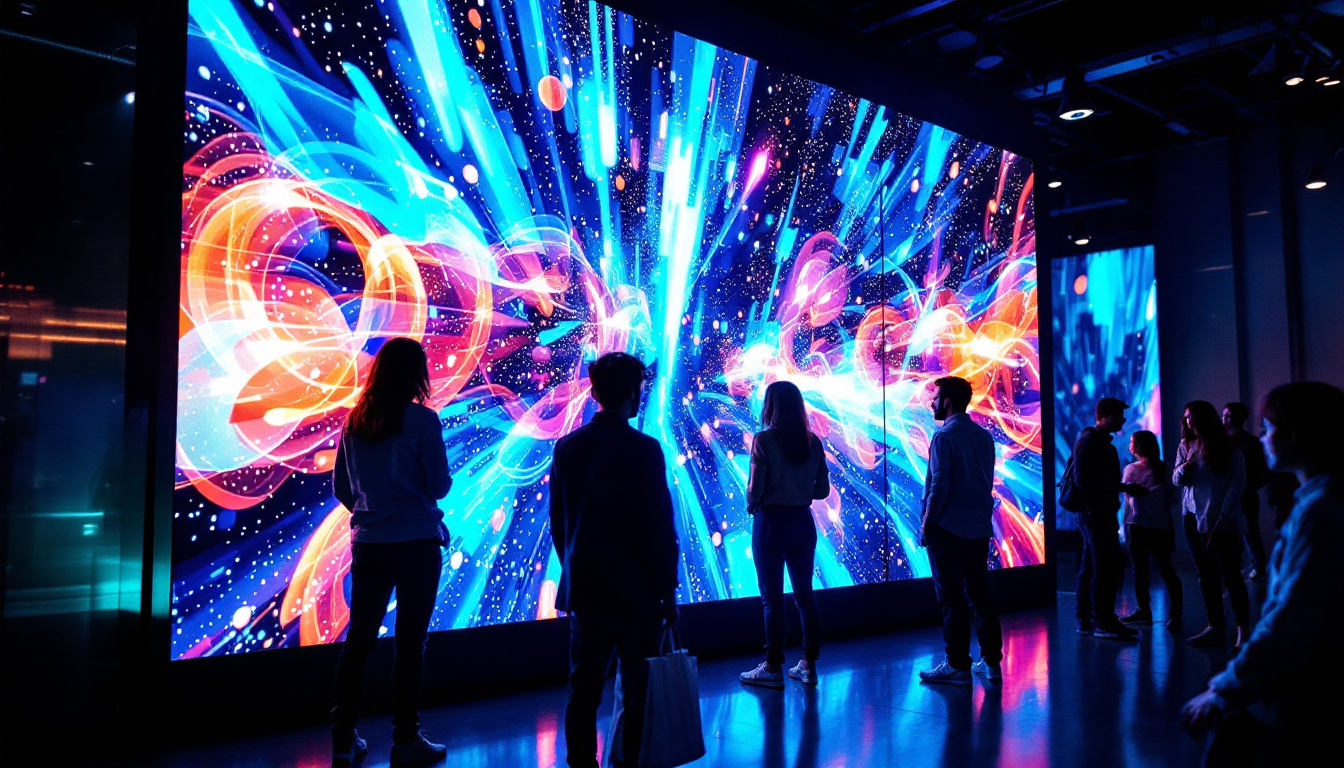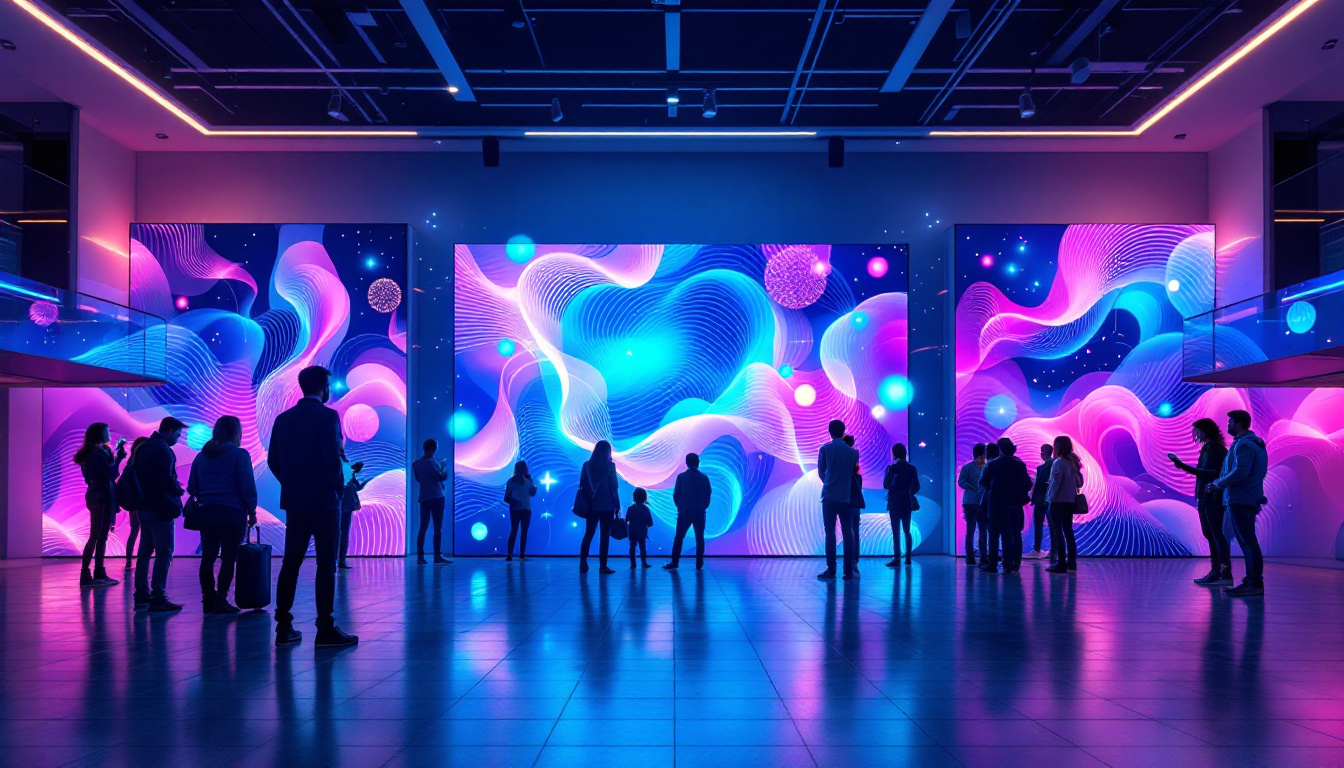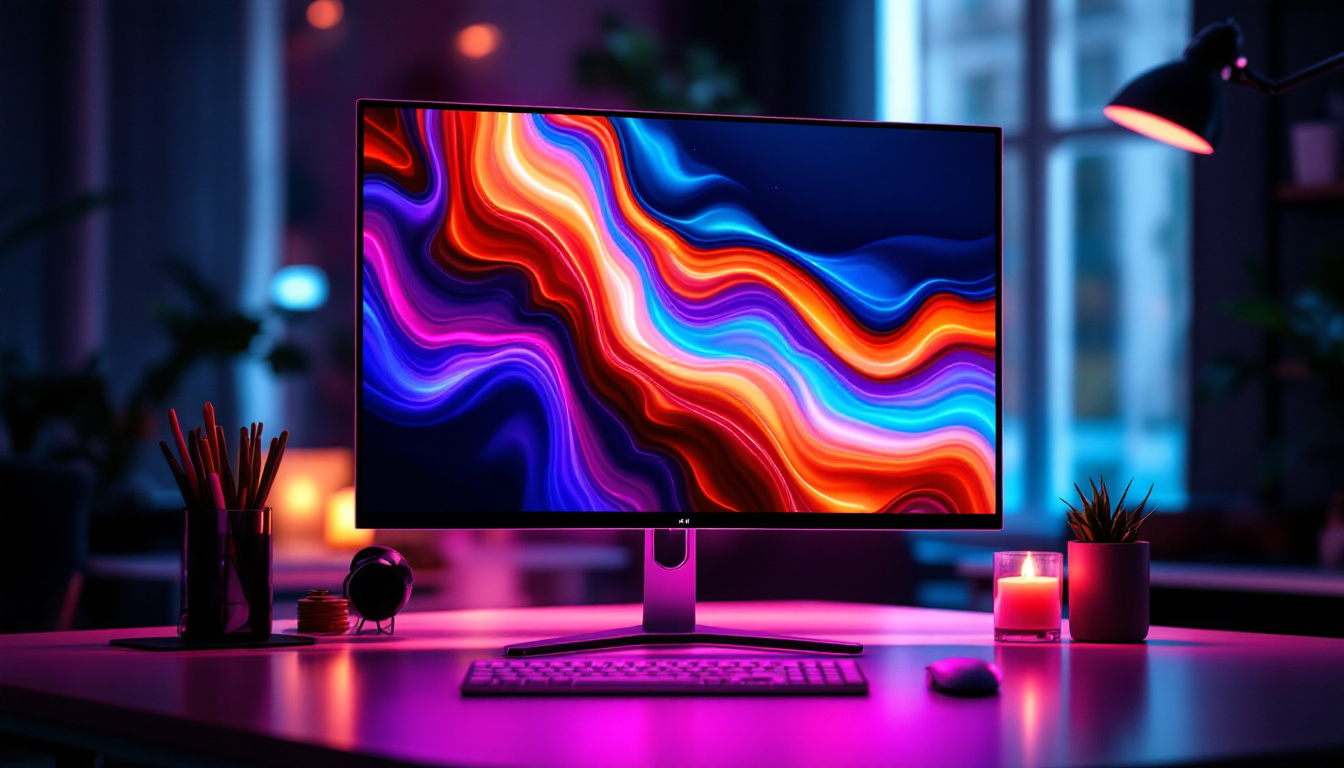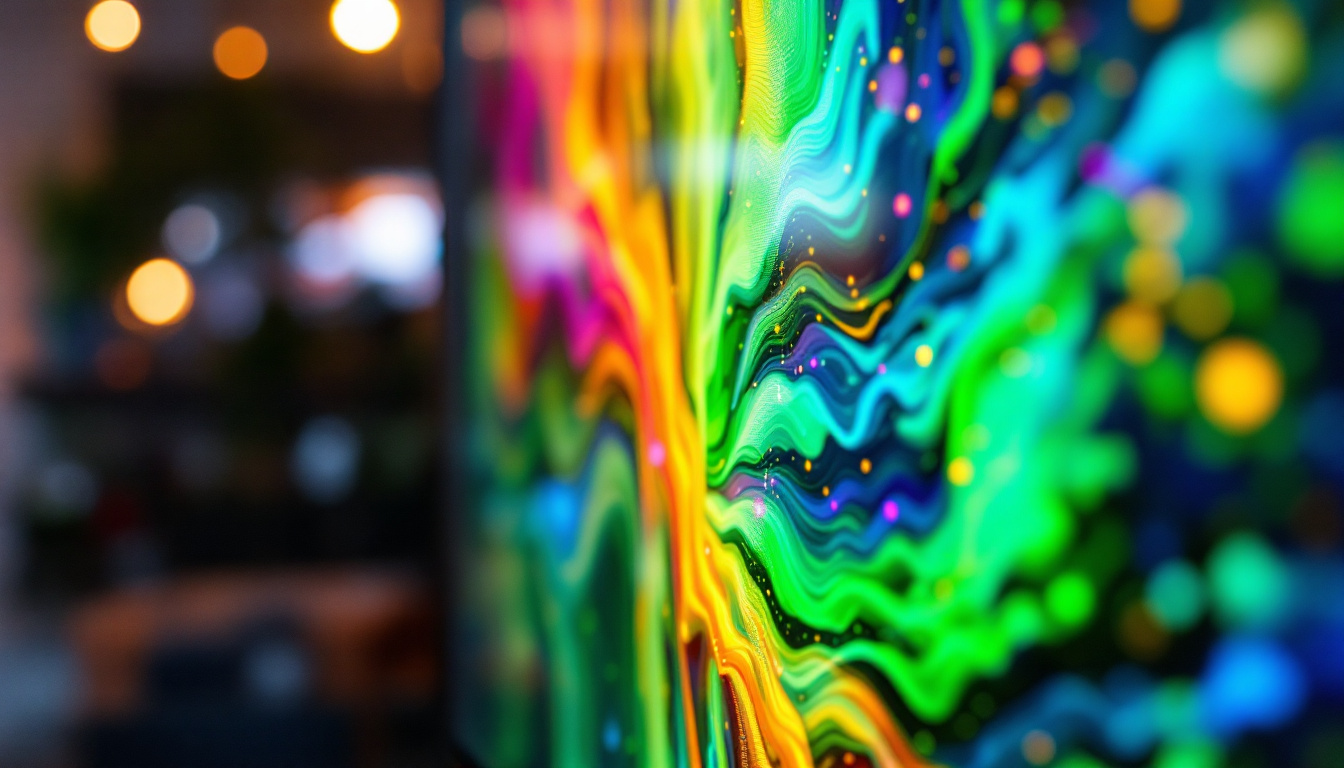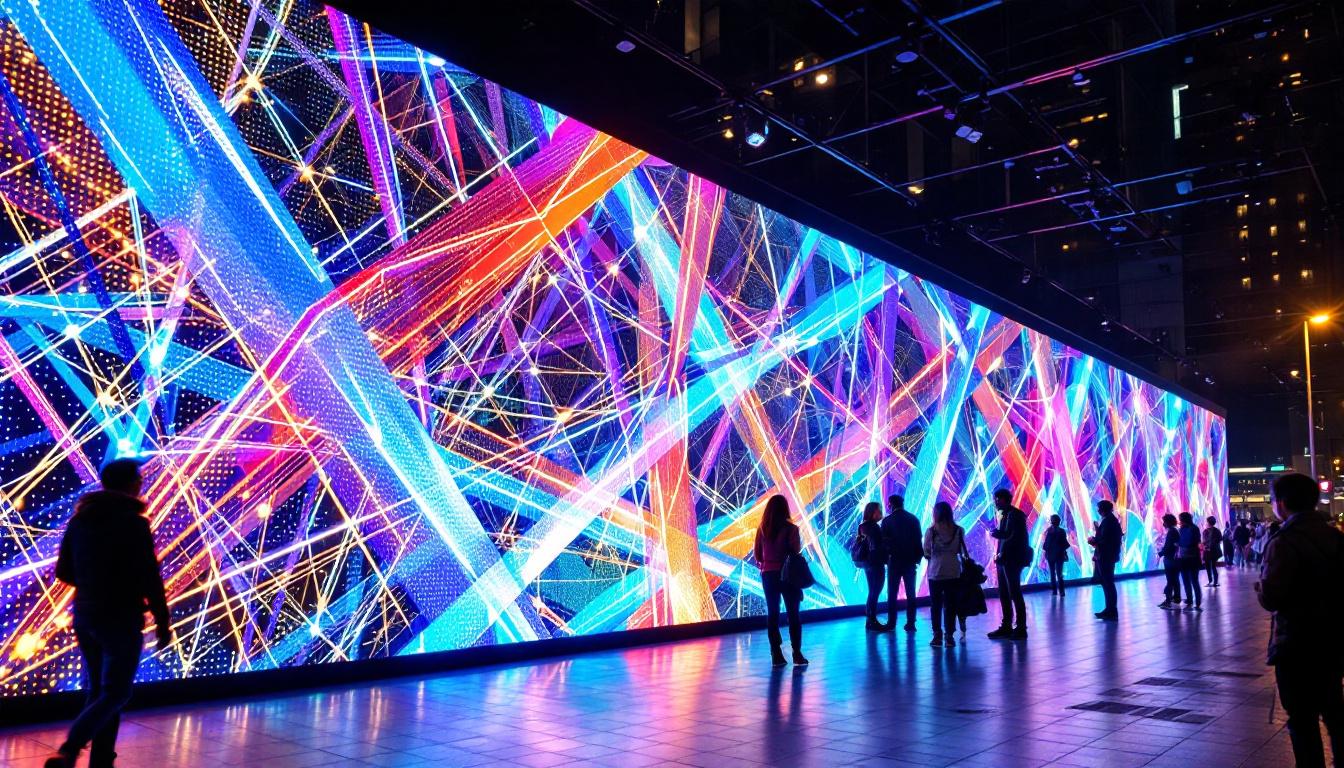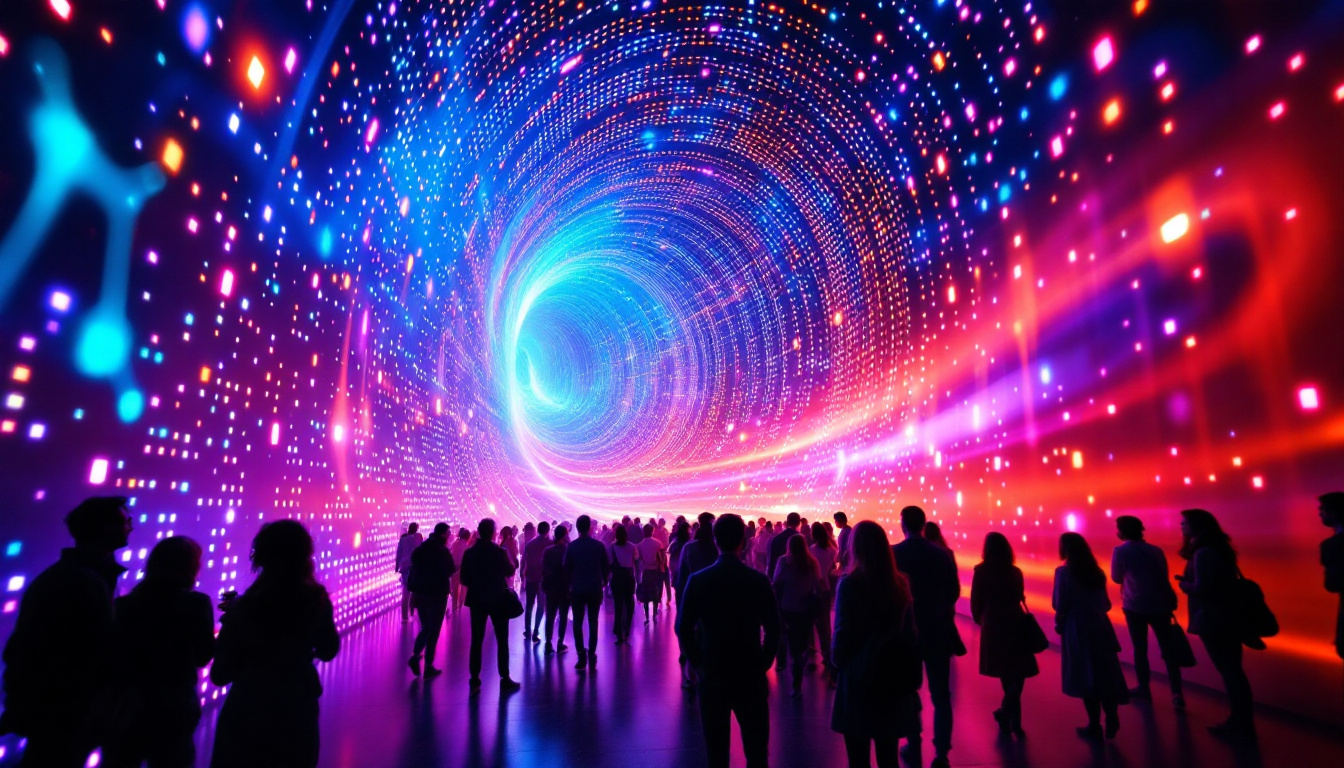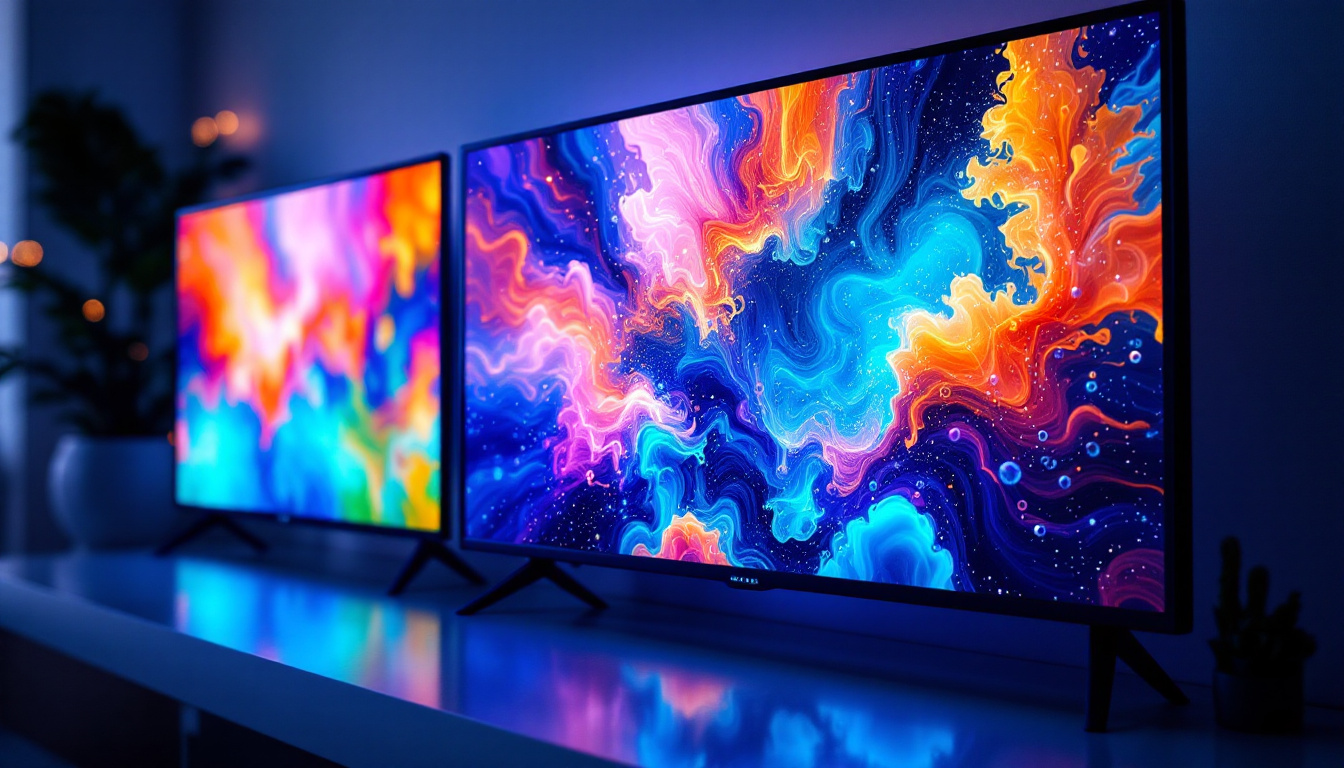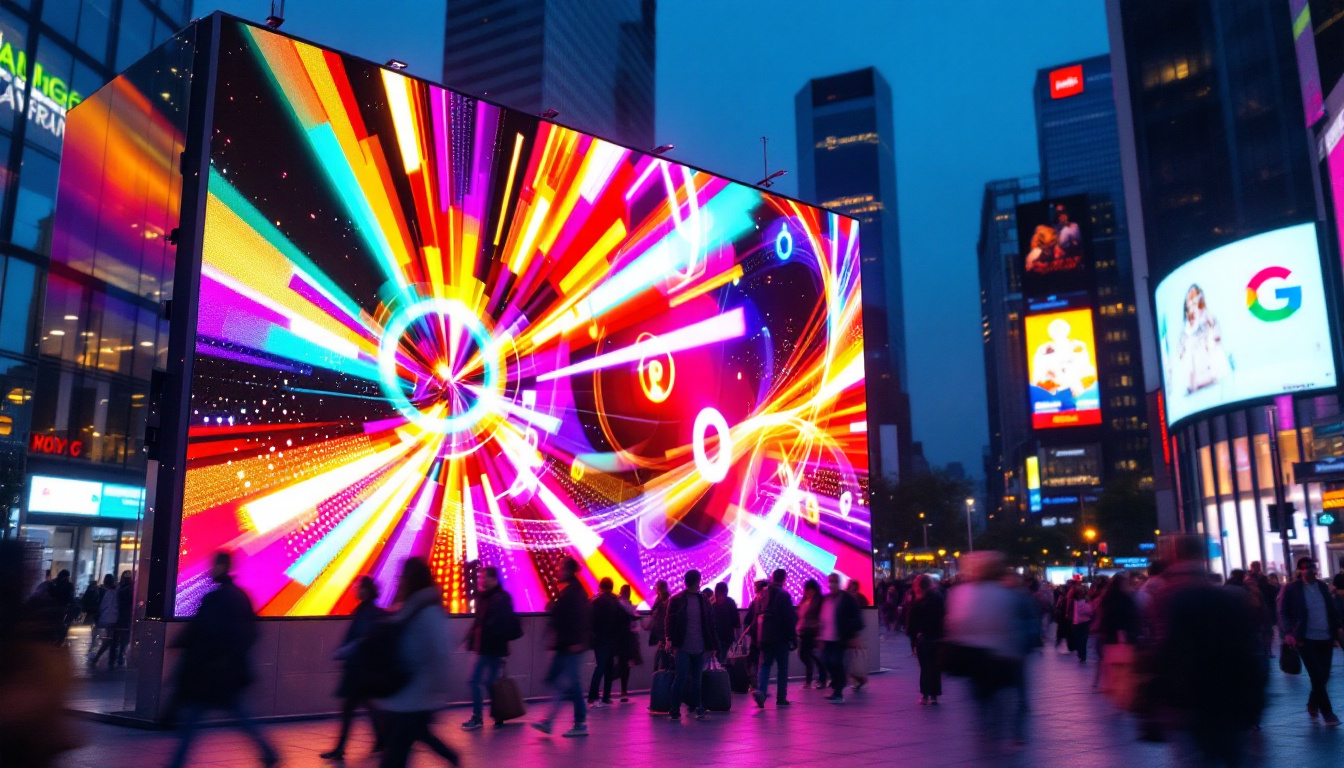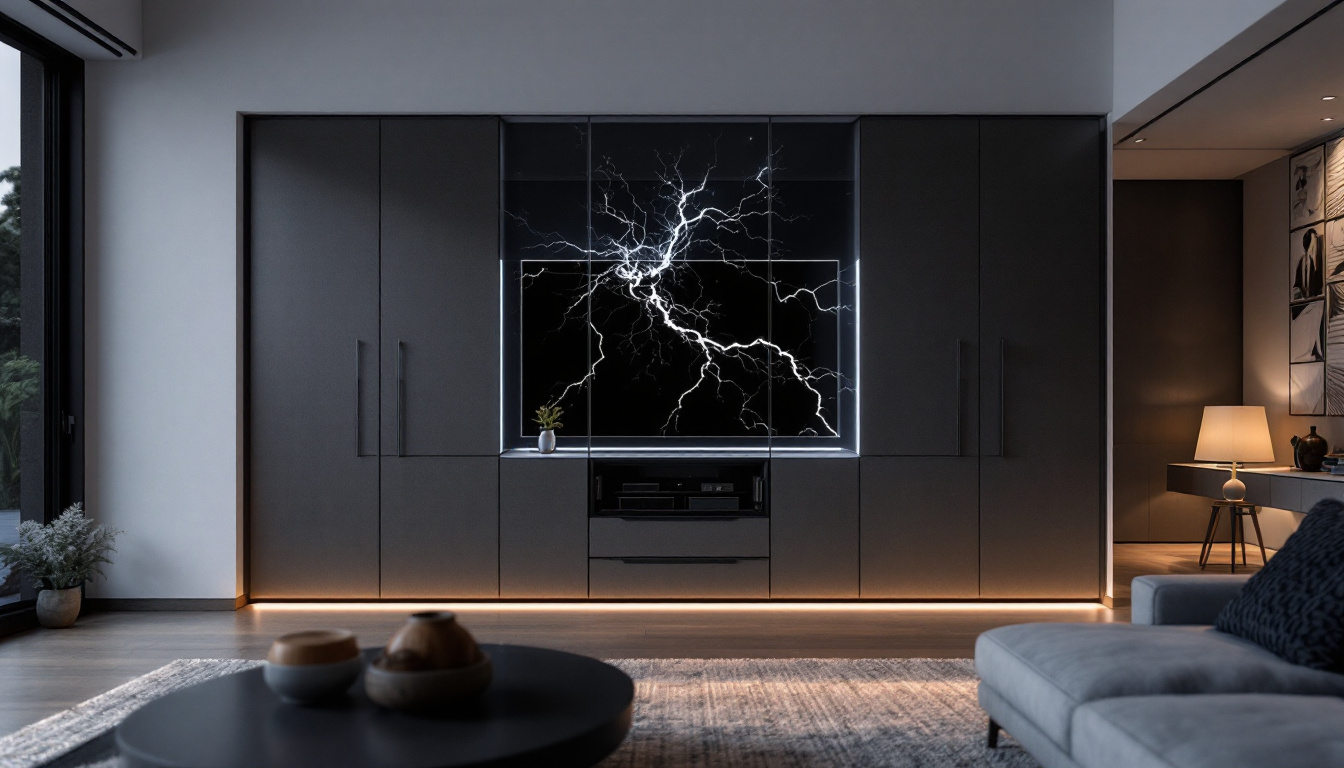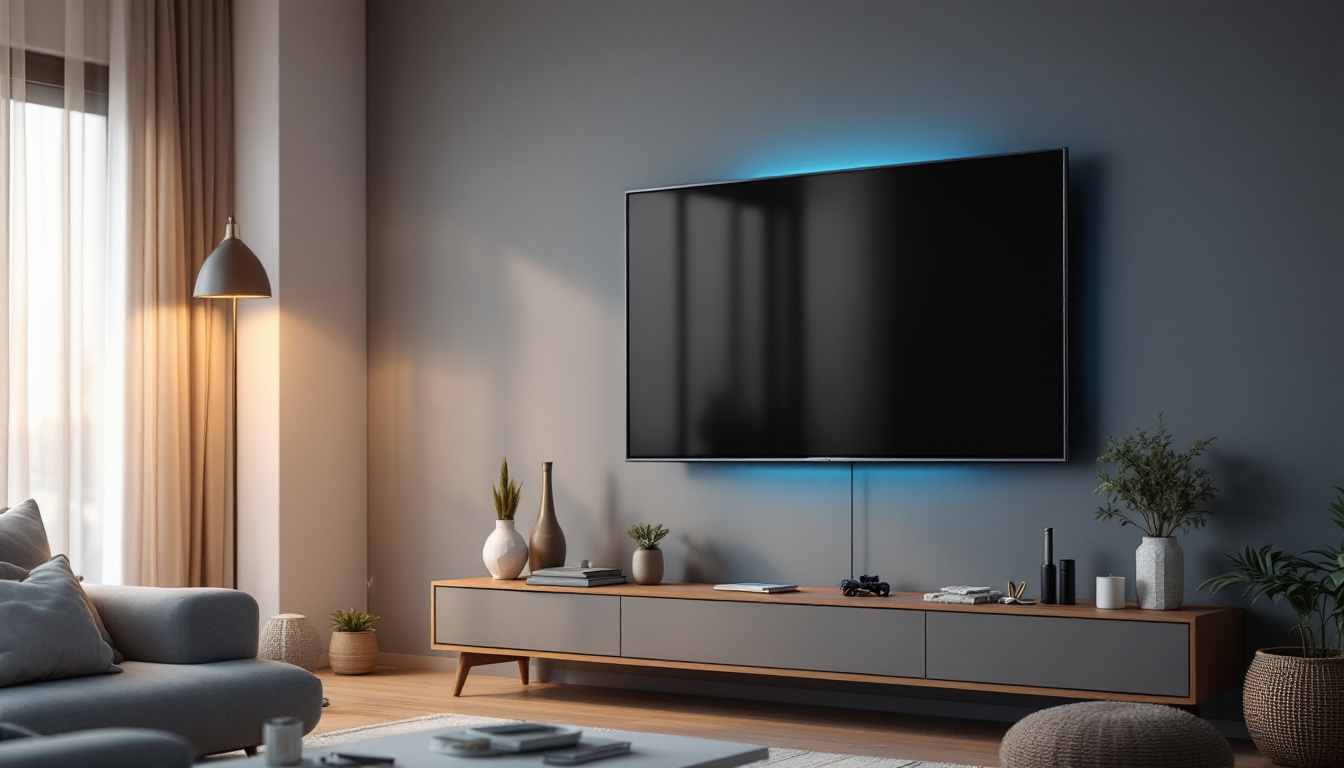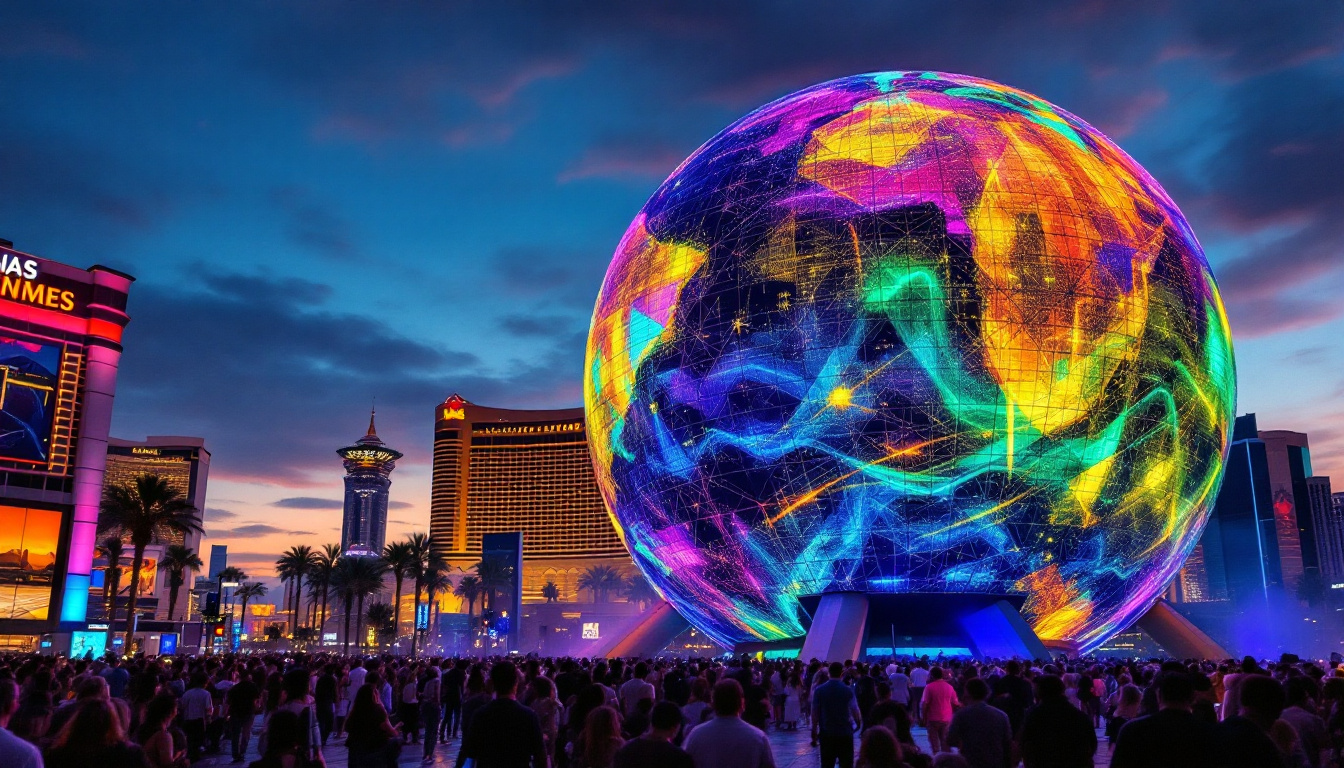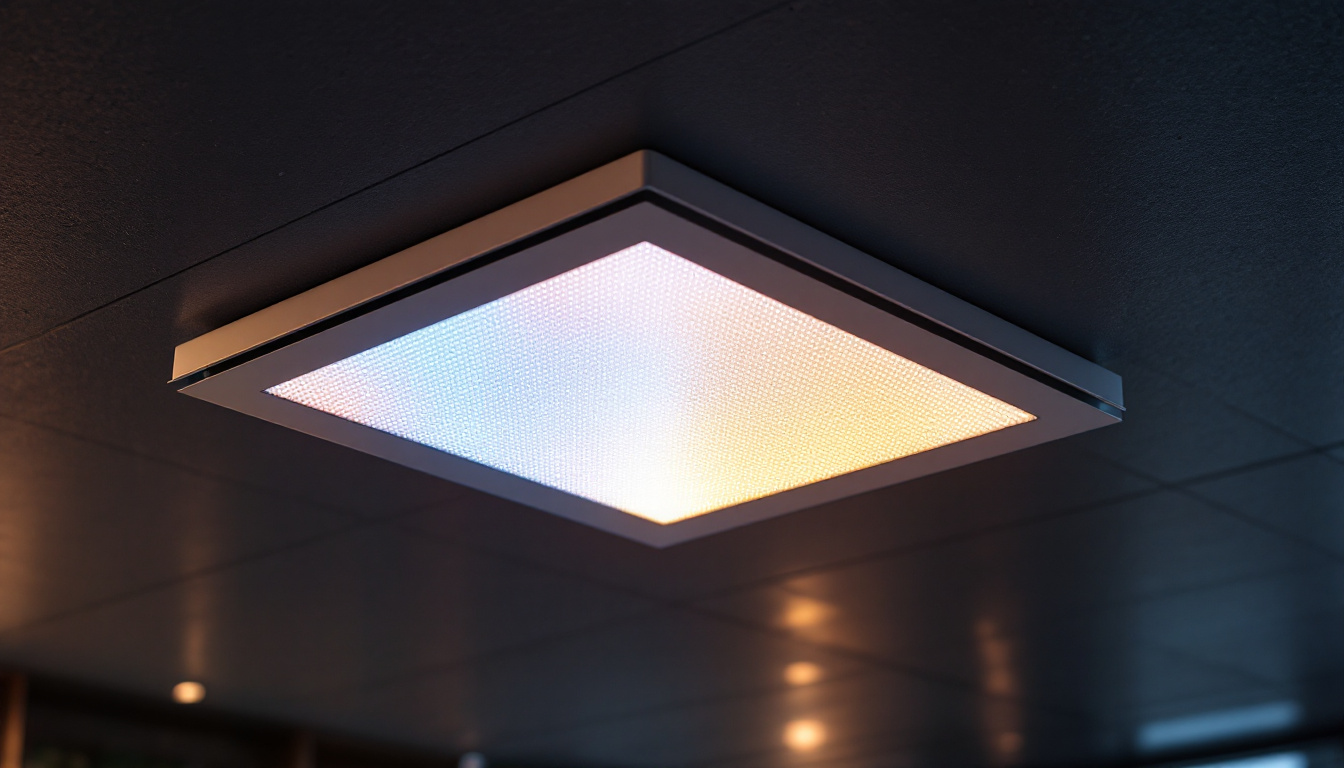In the modern marketplace, visual communication has become a cornerstone of effective marketing strategies. Among various display technologies, LED displays have emerged as a prominent choice for businesses aiming to capture attention and convey messages dynamically. This article delves into the intricacies of LED displays, exploring their functionality, advantages, applications, and future trends.
Understanding LED Technology
LED, or Light Emitting Diode, is a semiconductor device that emits light when an electric current passes through it. This technology has transformed the way displays are designed and utilized, offering numerous benefits over traditional display methods. The efficiency and longevity of LED technology have made it a popular choice in various industries, from advertising to automotive lighting, providing a sustainable alternative to incandescent and fluorescent bulbs.
How LED Displays Work
At the core of an LED display are numerous tiny diodes that emit light. These diodes are arranged in a grid format, with each pixel consisting of red, green, and blue (RGB) components. By varying the intensity of these colors, a wide spectrum of hues can be produced, allowing for vibrant and dynamic imagery. The ability to control each pixel independently enables LED displays to produce high-resolution images and videos, making them ideal for applications that require detailed visuals.
The operation of an LED display involves several key components, including a controller that manages the display’s content, a power supply that ensures consistent energy flow, and the LED panels themselves. This combination enables the display to showcase everything from simple text to complex animations and videos. Furthermore, advancements in technology have led to the development of smart LED displays that can be integrated with IoT devices, allowing for real-time updates and interactivity, enhancing user engagement.
Types of LED Displays
LED displays come in various forms, each tailored for specific applications. The most common types include:
- Indoor LED Displays: These are designed for use in controlled environments, such as shopping malls, conference halls, and theaters. They typically have a higher pixel density, resulting in sharper images and text. Indoor displays also benefit from lower brightness levels, which can be adjusted to suit the ambient lighting conditions, providing a comfortable viewing experience.
- Outdoor LED Displays: Built to withstand environmental factors like rain and sunlight, outdoor displays are larger and brighter, ensuring visibility even in direct sunlight. These displays often feature protective coatings and robust housings to prevent damage from weather elements, making them a reliable choice for advertising billboards, sports arenas, and public information systems.
- Transparent LED Displays: These innovative displays allow for visibility through the screen, making them ideal for storefronts and exhibitions where maintaining a view of the surroundings is essential. Transparent LED technology not only enhances aesthetic appeal but also enables businesses to showcase products while displaying dynamic content, creating an immersive shopping experience.
In addition to these common types, there are also flexible LED displays that can be bent or shaped to fit unique designs, expanding the creative possibilities for architects and designers. Moreover, advancements in microLED technology are paving the way for even smaller and more efficient displays, which can be used in everything from wearable devices to large-scale installations, further revolutionizing the visual landscape.
Advantages of LED Displays
LED displays offer a multitude of advantages that make them a preferred choice for businesses and advertisers alike. Understanding these benefits can help organizations make informed decisions regarding their marketing strategies.
Energy Efficiency
One of the most significant advantages of LED technology is its energy efficiency. Compared to traditional display technologies, such as LCD and incandescent bulbs, LED displays consume considerably less power. This not only reduces operational costs but also contributes to environmental sustainability. By utilizing less energy, businesses can significantly lower their carbon footprint, aligning with the growing consumer preference for eco-friendly practices. Moreover, many regions offer incentives for companies that adopt energy-efficient technologies, further enhancing the financial benefits of switching to LED displays.
Longevity and Durability
LED displays are known for their remarkable lifespan, often lasting upwards of 50,000 hours with minimal degradation in performance. This longevity translates to lower maintenance costs and fewer replacements, making them a cost-effective investment in the long run. Additionally, LED technology is inherently more robust than other display types, as it is less susceptible to damage from shocks and vibrations. This durability makes LED displays ideal for a variety of settings, including high-traffic areas and outdoor environments where traditional displays might fail more quickly due to weather conditions.
High Brightness and Contrast
LED displays are capable of producing exceptionally bright images, which is particularly beneficial for outdoor applications. The high contrast ratios also enhance the visibility of content, ensuring that messages are easily readable from a distance. This capability is crucial for advertisers who want to capture the attention of passersby in bustling urban environments. Furthermore, the ability to adjust brightness levels according to ambient light conditions ensures that the displays remain effective at all times of day, providing a consistent and engaging viewer experience. This adaptability not only maximizes the impact of marketing campaigns but also enhances the overall aesthetic appeal of public spaces.
Versatility in Design
Another significant advantage of LED displays is their versatility in design. They can be configured in various shapes and sizes, allowing businesses to create custom solutions tailored to their specific needs. Whether it’s a large video wall in a shopping mall or a sleek, narrow display in a corporate lobby, LED technology can accommodate diverse applications. This flexibility extends to content as well; businesses can easily update their messaging in real-time, enabling dynamic advertising that can respond to current events or promotions. The ability to display high-definition video and animations further enriches the viewer’s experience, making LED displays a powerful tool for storytelling and brand engagement.
Applications of LED Displays
The versatility of LED displays allows them to be utilized across various sectors, each leveraging the technology to achieve specific goals. Here are some prominent applications:
Advertising and Marketing
In the realm of advertising, LED displays have revolutionized how brands communicate with consumers. Dynamic content can be updated in real-time, allowing businesses to promote new products, sales, or events instantly. This adaptability not only enhances engagement but also maximizes the impact of marketing campaigns. Additionally, the vibrant colors and high brightness of LED displays ensure that advertisements capture attention even in bright daylight, making them ideal for outdoor advertising. Brands can also utilize advanced targeting techniques, displaying tailored messages based on the time of day or audience demographics, thus optimizing their advertising strategies further.
Events and Entertainment
From concerts to sporting events, LED displays play a crucial role in enhancing the audience experience. Large-scale LED screens provide live feeds, instant replays, and immersive visuals that captivate attendees, creating memorable experiences. These displays can also be synchronized with sound systems to create a cohesive multimedia experience, amplifying the emotional impact of performances. Moreover, LED technology allows for creative stage designs, where screens can be integrated into the set itself, transforming the visual landscape and adding depth to the overall production. This innovation not only enriches the event atmosphere but also opens up new avenues for artistic expression.
Transportation and Wayfinding
LED displays are increasingly used in transportation hubs such as airports and train stations for real-time information dissemination. Flight schedules, train arrivals, and wayfinding information can be displayed clearly, aiding in passenger navigation and improving overall efficiency. The use of LED technology in these environments also enhances safety, as bright, clear signage can alert travelers to important announcements or changes in schedules. Furthermore, many modern transportation systems are integrating LED displays with mobile apps, allowing passengers to receive updates directly on their devices. This seamless integration of technology not only streamlines the travel experience but also fosters a sense of connectivity and awareness among passengers, making their journeys smoother and more enjoyable.
Future Trends in LED Display Technology
The LED display industry is continuously evolving, driven by advancements in technology and changing consumer demands. Several trends are shaping the future of LED displays:
Integration with Smart Technology
As smart technology becomes more prevalent, the integration of LED displays with IoT (Internet of Things) devices is on the rise. This integration allows for automated content updates based on real-time data, enhancing the relevance and effectiveness of displayed information.
Increased Use of Flexible Displays
Flexible LED displays are gaining traction, enabling new design possibilities. These displays can be bent or shaped to fit unconventional spaces, making them ideal for creative installations in retail environments and art exhibitions.
Advancements in Resolution and Pixel Density
As technology progresses, the demand for higher resolution and pixel density continues to grow. Future LED displays are expected to offer even finer pixel pitches, resulting in sharper images and improved viewing experiences, particularly in close-range applications.
Challenges and Considerations
While LED displays offer numerous advantages, there are also challenges and considerations that businesses must address when implementing this technology.
Initial Investment Costs
The initial cost of purchasing and installing LED displays can be significant. Businesses must weigh this investment against the potential long-term savings and benefits. Careful budgeting and planning are essential to ensure a positive return on investment.
Content Management
Effective content management is crucial for maximizing the impact of LED displays. Organizations must invest in software and training to create engaging content that resonates with their target audience. Regular updates and maintenance of content are necessary to keep the display relevant and engaging.
Environmental Considerations
While LED displays are energy-efficient, their production and disposal can have environmental impacts. Businesses should consider sustainable practices, such as recycling old displays and choosing manufacturers that prioritize eco-friendly materials and processes.
Conclusion
LED displays have transformed the landscape of visual communication, offering businesses a powerful tool for engagement and marketing. With their energy efficiency, durability, and versatility, LED displays are well-suited for a variety of applications, from advertising to transportation.
As technology continues to advance, the future of LED displays looks promising, with innovations in flexibility, resolution, and smart integration on the horizon. By understanding the advantages and challenges associated with LED displays, businesses can make informed decisions that enhance their marketing strategies and improve customer engagement.
In an ever-evolving marketplace, investing in LED display technology can provide a competitive edge, ensuring that brands stand out in a crowded environment while effectively communicating their messages to consumers.
Explore Cutting-Edge LED Display Solutions
Ready to elevate your visual marketing strategy with the latest in LED technology? Discover LumenMatrix’s innovative LED display solutions, tailored to meet your unique needs. From eye-catching Indoor and Outdoor LED Wall Displays to dynamic Vehicle and Sports LED Displays, our range includes LED Poster Displays, Floor LED Displays, Custom configurations, All-in-One solutions, and even LED Transparent Displays. Embrace the future of visual communication with LumenMatrix and create unforgettable visual experiences that captivate your audience. Check out LumenMatrix LED Display Solutions today and transform the way you share your message.

